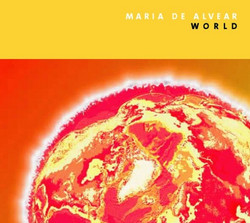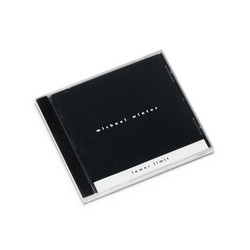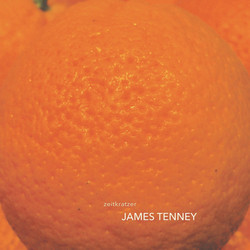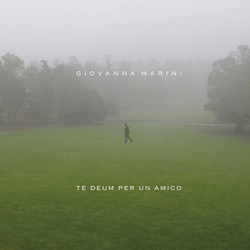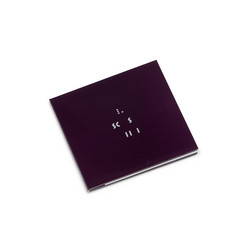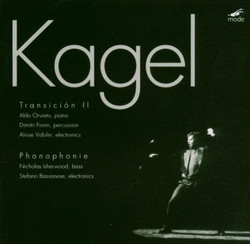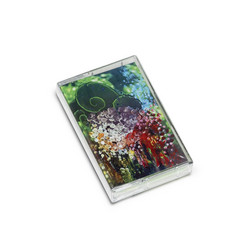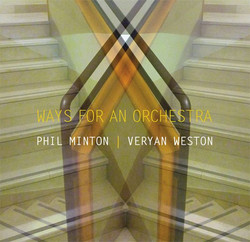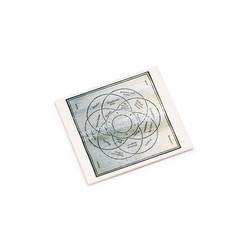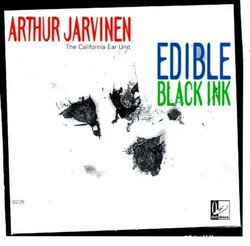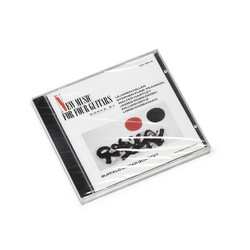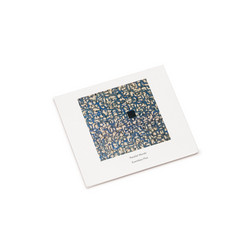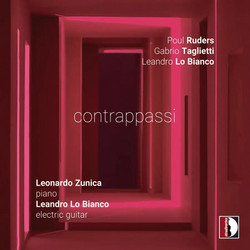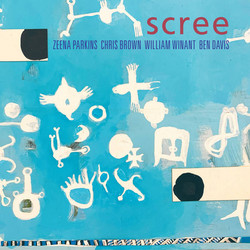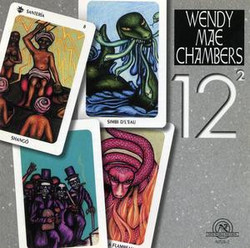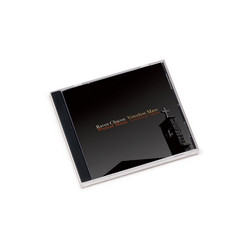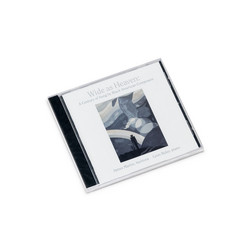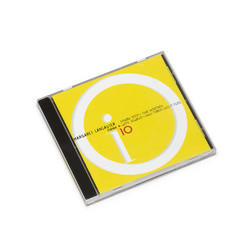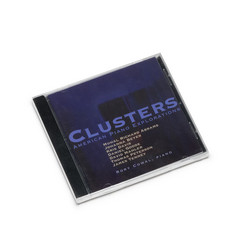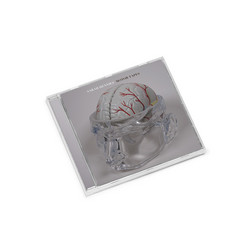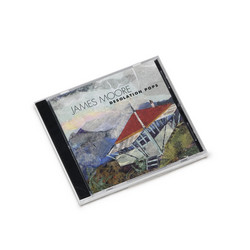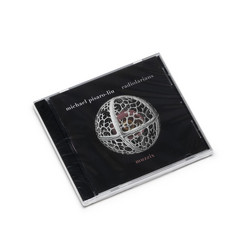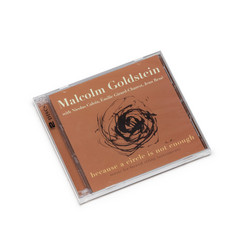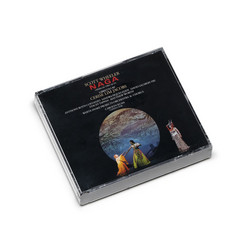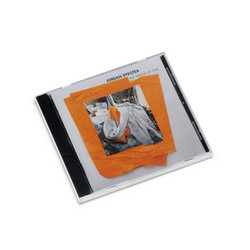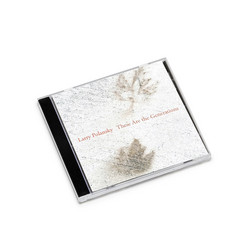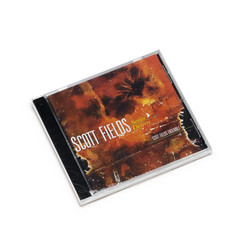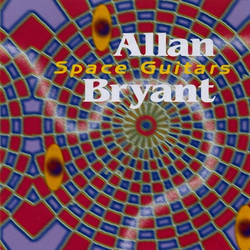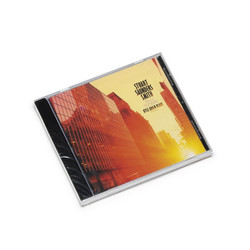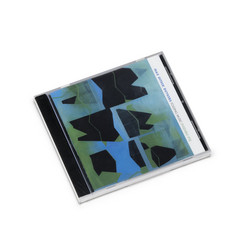The Eclipse Quartet, William Winant
Spectral Malsconcities
The evolution of the string quartet repertory has accelerated during the last half of the twentieth-century and beyond as composers from both the mainstream and the avant-garde have mined its seemingly inexhaustible creative resources. This CD features the virtually unprecedented combination of string quartet and percussion. It contains three works by prominent American experimentalist composers from several generations exploring the ensemble’s unique sonic resources in diverse stylistic settings, each with its own original approach to musical form.
A “whim-wham” is a “fanciful or fantastic notion or object.” In Frederic Rzewski’s Whimwhams (1993) the “fanciful” occurs within a pre-conceived formal design. The formal structure in Whimwhams provides time units, “empty containers” for the free play of the composer’s imagination, which yield striking successions of musical moments, each with its own distinctive identity. An attentive listener will encounter musical ideas, which return in altered form, giving the work a certain sense of coherence, a magical quality absent from more rational, thought-out composed music.
In James Tenney’s Cognate Canons (1993) the canons occur between the percussion and the string quartet. The durations of the two canonic “voices” are related by a series of proportions, creating the effect of simultaneous tempi, which Nancarrow used in his player piano music. Each of the work’s thirteen canons uses its own proportion. The repetitions both within and between the two parts (which include statements of individual musical gestures within each voice in retrograde) create a static, timeless atmosphere.
Zeena Parkins describes s:c:a:t:t:e:r:i:n:g (2012) thusly: “Flickering sound and shifting colors subvert the linear. s:c:a:t:t:e:r:i:n:g is composed of ten movements, evolving things, and objets sonores that acquire a modulated presence through accumulation. Resonance piles up and is dispersed by the “scatterers” as they journey within conditions of motion and stasis. The title refers to these acts of collection, disruption, and dispersal that occur over and over again throughout the work creating a landscape of diversion.”

